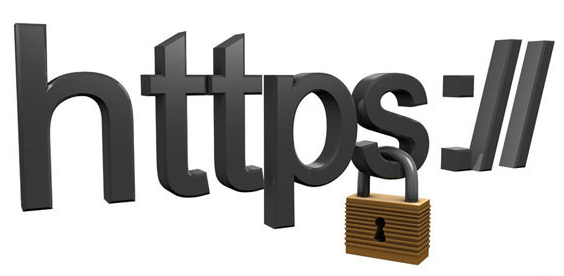7 ways to protect information on your computer
In the era of information technology, the question of how to protect data on a computer is acute. Passwords and logins from social networks, banking account management systems, account data, private photos and other files - all this may be of interest to attackers.
It is not only government agencies, banks or popular websites that are targeted by hackers. Personal information of ordinary users may also be of interest to hackers. Criminals use stolen accounts on Odnoklassniki or Facebook for fraudulent purposes, stolen photographs become the subject of blackmail, and obtaining payment system data gives attackers the opportunity to leave their owners without a penny in their account.
To avoid becoming a victim of hackers, you need to pay attention to the security of storing personal data. This article will tell you how you can protect personal information on your computer.
Method 1: Strong Passwords
The easiest way to protect data on your computer is to use strong passwords. Most users know that security experts do not recommend using simple combinations of numbers and letters (qwerty, 12345, 00000) as a key. But the emergence of “smart” cracking programs has led to the fact that more complex passwords can be calculated by brute force. If the attacker knows the potential victim personally, an atypical but simple key (date of birth, address, pet name) is also easily found.
To save accounts on social networks and other resources, as well as a user account on a PC, it is recommended to use complex combinations that consist of large and small Latin letters, numbers and service symbols. It is desirable that the password is easy to remember, but does not contain any obvious meaning. For example, a key of the type 22DecmebeR1991 is recognized by sites as reliable, but contains the date of birth and therefore can be easily hacked.

Method 2: Data Encryption
To protect personal information on your computer in the event that an attacker attempts to access it, it is recommended that you use data encryption. Enterprise and professional versions of Windows come with BitLocker. The system mechanism allows you to encrypt information on one or more hard drive partitions. Access to files becomes possible only when using a special key.
If you need to secure individual files and folders, the easiest way to protect personal data on your computer is to use encrypted archives. Having moved documents, photos or other data to a password-protected archive, an attacker will not be able to open them even after gaining full access to the PC. To open ZIP or RAR content, you must dial an access code. Most modern archivers are equipped with similar functionality.
There is also a large amount of free software that allows you to encrypt data. Among such programs are Free Hide Folder, Folder Lock, TrueCrypt and others.
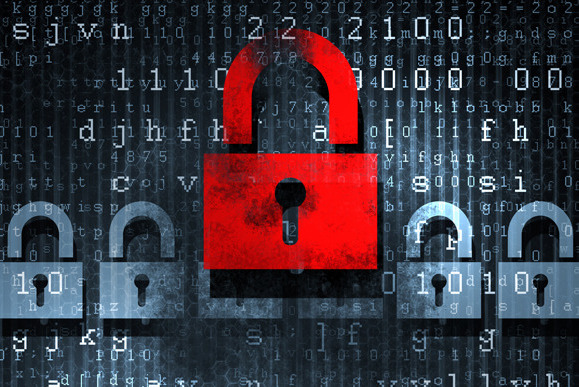
Method 3: Use an antivirus program
To gain access to someone else's PC, hackers use auxiliary software installed on the victim's computer. Trojan viruses intercept information entered from the keyboard, replace websites with copies created by scammers, and send personal data. To protect personal data, it is advisable to install the latest version of antivirus software and monitor its updates. It is also recommended to limit access to drives by prohibiting reading information from them over the network.
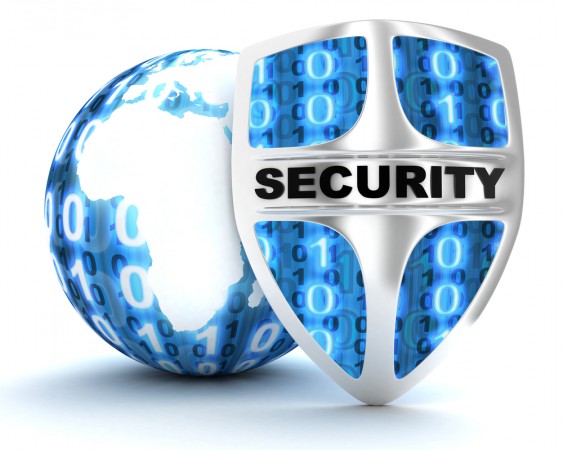
Method 4: Set a password on the BIOS and/or hard drive
Basic OS password protection does not allow you to quickly hack the system, but is vulnerable if the computer falls into the hands of a criminal for a long time. By reinstalling Windows, you can gain access to unencrypted files. Setting a password in the BIOS (UEFI)*, which is required to be entered when turning on the computer, makes it impossible to boot the PC from either built-in or external media.
*BIOS (Basic Input/Output System) or UEFI (Unified Extensible Firmware Interface) is a part of the computer system software that is responsible for organizing the operation of the system hardware components and controlling its loading. The BIOS/UEFI setup menu is entered at an early stage of PC boot (the first seconds after turning on) by pressing the Del, F1 or F2 button (see the instructions for the PC or laptop). The names of the settings sub-items may differ for different computer models, but, as a rule, the necessary options are located in the section whose name contains the word Security.
An even greater degree of protection for personal information is provided by password-protecting your hard drive. By setting the access code for the drive via BIOS/UEFI, the user makes it useless in the hands of an attacker. Even after removing the hard drive from the PC case and connecting it to another device, you cannot access the data. An attempt to unlock the drive with a “master key” will lead to the destruction of data.
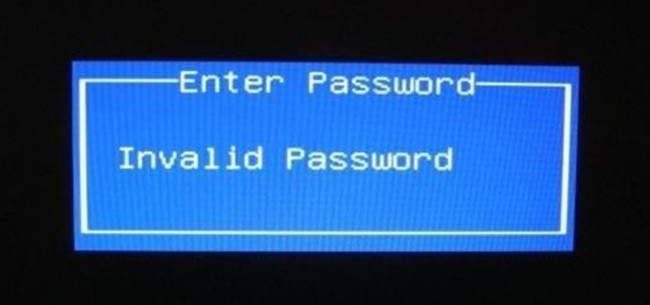
Method 5: Using HTTPS Protocol
The use of the HTTPS secure data transfer protocol eliminates the risk of interception of information that is sent to the server in encrypted form. This standard is not a separate technology, but represents an add-on over standard HTTP. When using it, data encryption is carried out using the SSL protocol.
Unfortunately, in order for this data protection method to work, the server must be equipped to support this technology. It is impossible to use it unilaterally.
If the server supports HTTPS, then when a client connects, the system assigns it a unique certificate and all transferred data is encrypted with a 40, 56, 128 or 256-bit key. Thus, decryption is carried out only on end devices, and intercepting someone else’s signal will not give the attacker anything.
If the service involves working with confidential information or conducting financial transactions, it is recommended to be wary of resources that do not support HTTPS.
Websites of online stores, banks, and payment systems (Yandex.Money, Webmoney) use the HTTPS protocol by default. Facebook, Google, Twitter, VKontakte services provide the ability to enable it in your account settings. Other sites also work with it.
Method 6: Protect your wireless networks
If your computer's security settings do not restrict access to it over the network, an unsecured Wi-Fi network allows an attacker to gain access to the contents of the drives. To avoid this, it is recommended to set the data encryption method to WPA/WPA2 on your router and set a complex password (see Method 1).
To eliminate the risk of Wi-Fi network hacking, you can disable the broadcast of the connection name (SSID). In this case, only users who know the network name will be able to connect to the router. 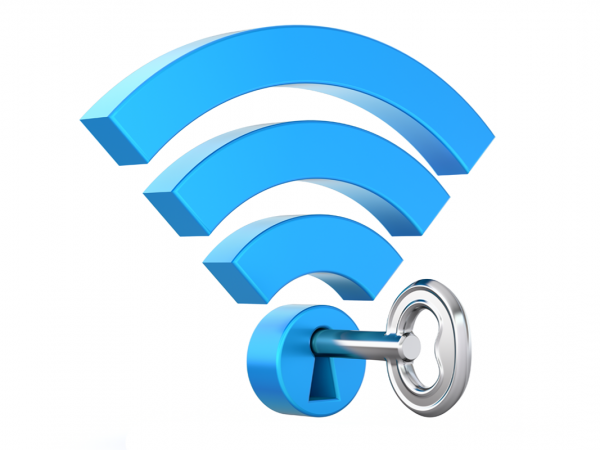
Method 7: Parental Control Systems
If children use the computer, the risk of contracting malware increases significantly. To protect personal data on your PC, you can create an account with limited access rights for your child. Windows (version 7 and later) contains built-in parental controls. With their help, you can limit the time your child spends at the computer, deny access to certain programs, and block the ability to install third-party software.
There is also third-party software that has similar (or broader) functionality. You can find both paid and free parental control tools on the Internet. In addition, some providers support this function. In this case, in your personal account on the telecom operator’s website, you can set restrictions on visiting certain resources.
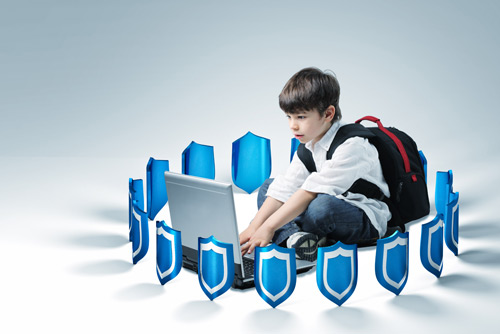
How to protect information on your computer most reliably
Each of the above methods for protecting personal data on a computer is reliable in one situation, but also has vulnerabilities. To achieve a high level of security, it is recommended to combine methods.
Unfortunately, there is no universal method of data protection that is 100% effective. Even the servers of banks and law enforcement agencies are vulnerable to hacker attacks, as evidenced by large-scale leaks of documents from the Pentagon, US governments and other countries published by Wikileaks.
However, given that ordinary users rarely become victims of hackers of this level, it is possible to secure personal data. For this it is recommended:
install the current version of an antivirus program (preferably with firewall and firewall functions);
protect the user account with a strong password;
do not use the same access codes for all accounts;
protect Wi-Fi, disable file sharing on the PC over the local network, primarily to the system partition (if this is not possible, limit access, allowing it only to trusted network members who really need it);
do not store keys and passwords in TXT, DOC, RTF and other documents on the PC itself;
The most valuable files and folders should be placed in a password-protected archive or encrypted.
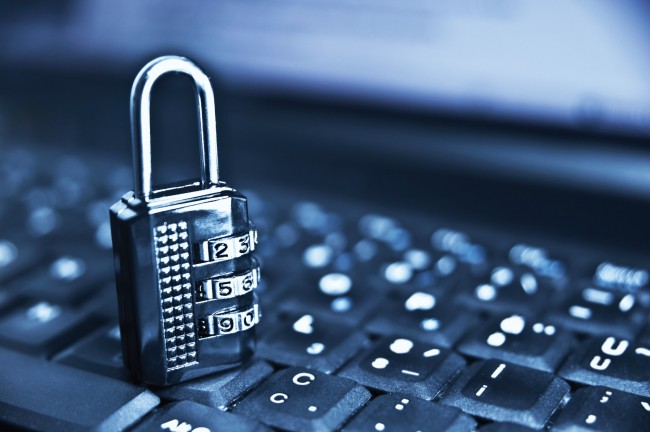
You can protect personal information on your computer in other ways. The main thing is to find a compromise between the level of security and ease of use of the PC. Drastic measures (for example, full data encryption, access to the PC using a physical key, and limiting the list of allowed resources) may be unnecessary on a home PC and cause unnecessary inconvenience. Practice shows that the use of overly complex protective equipment leads to a gradual refusal of users to use them.

